Search
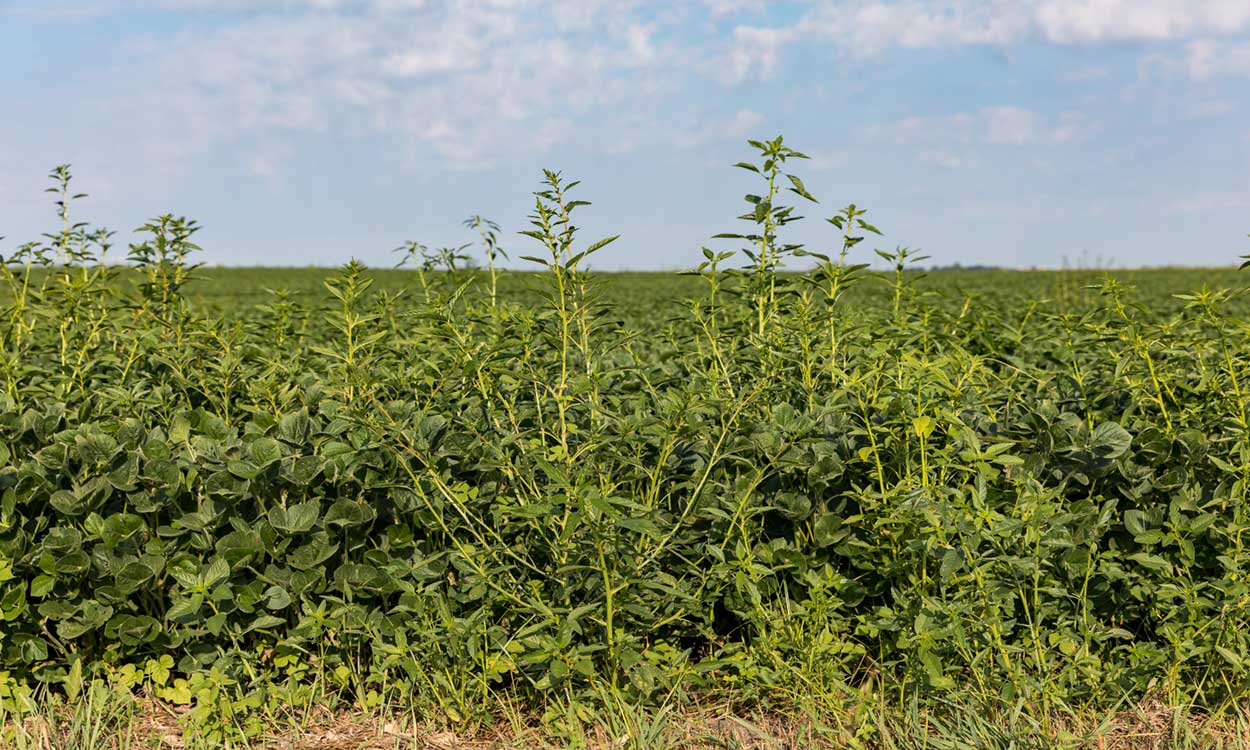
Checking Weed Control at Harvest
With harvest now in full swing, don’t forget to look at your fall weed control. What are the weeds that are left in your crop? Do you know what weeds they are? Is there a weed that you do not know?
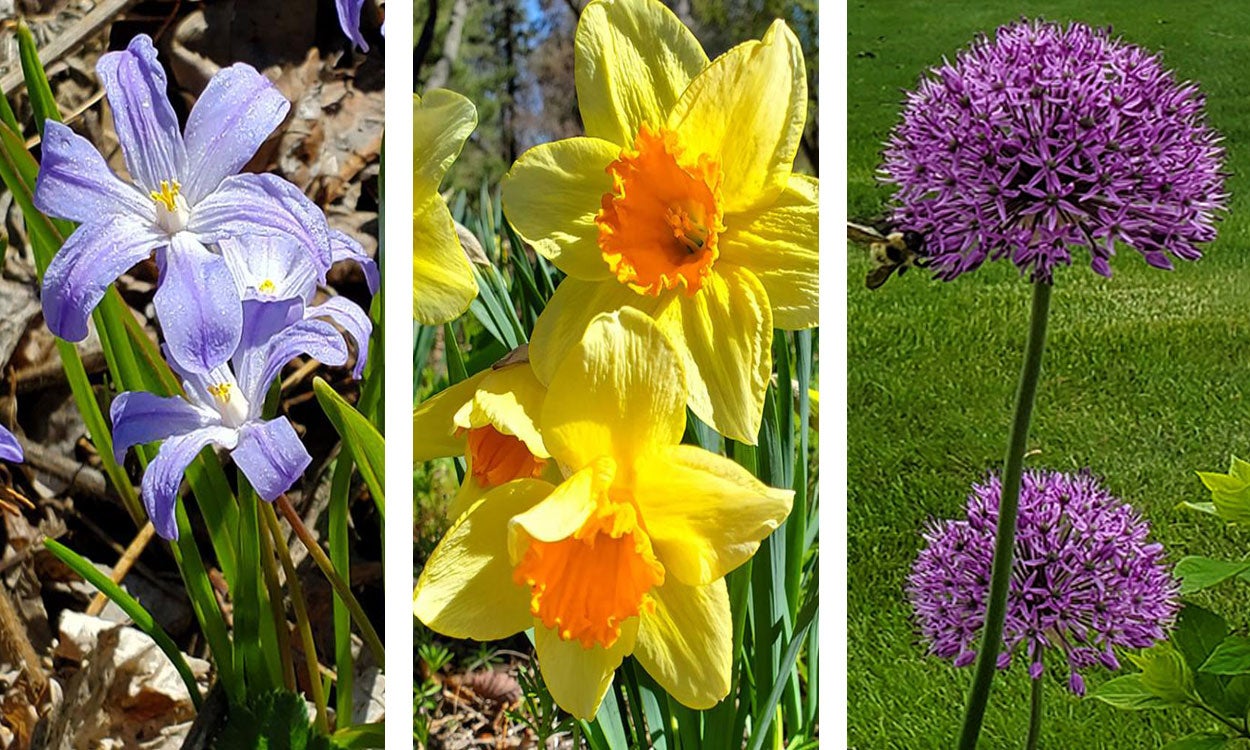
Bulbs to Plant in the Fall
Fall is the time to plant cold-hardy bulbs in South Dakota gardens. This will ensure that your landscape will have a variety of color, size, and bloom types the following season.
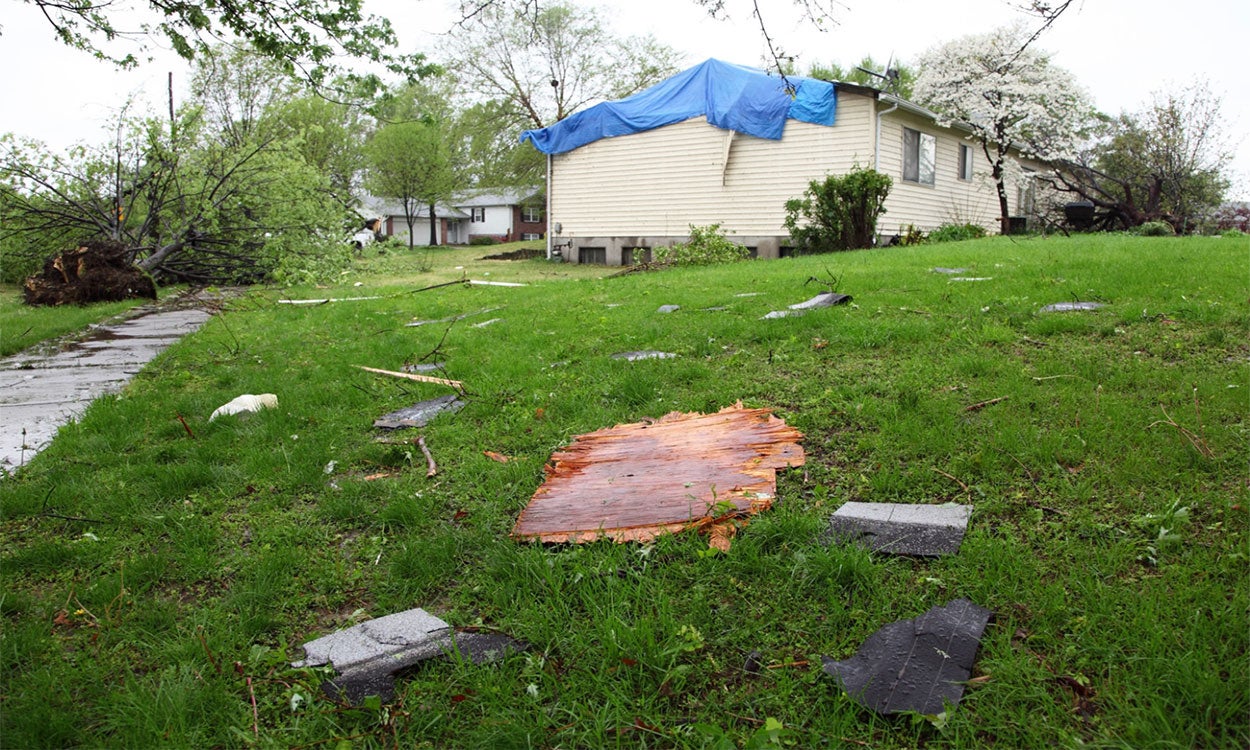
Never Underestimate Mother Nature
We know that weather is unpredictable, and every gardener will eventually have to deal with damage caused by weather. Learn some tips that will help you give your plants a fighting chance after extreme weather events.
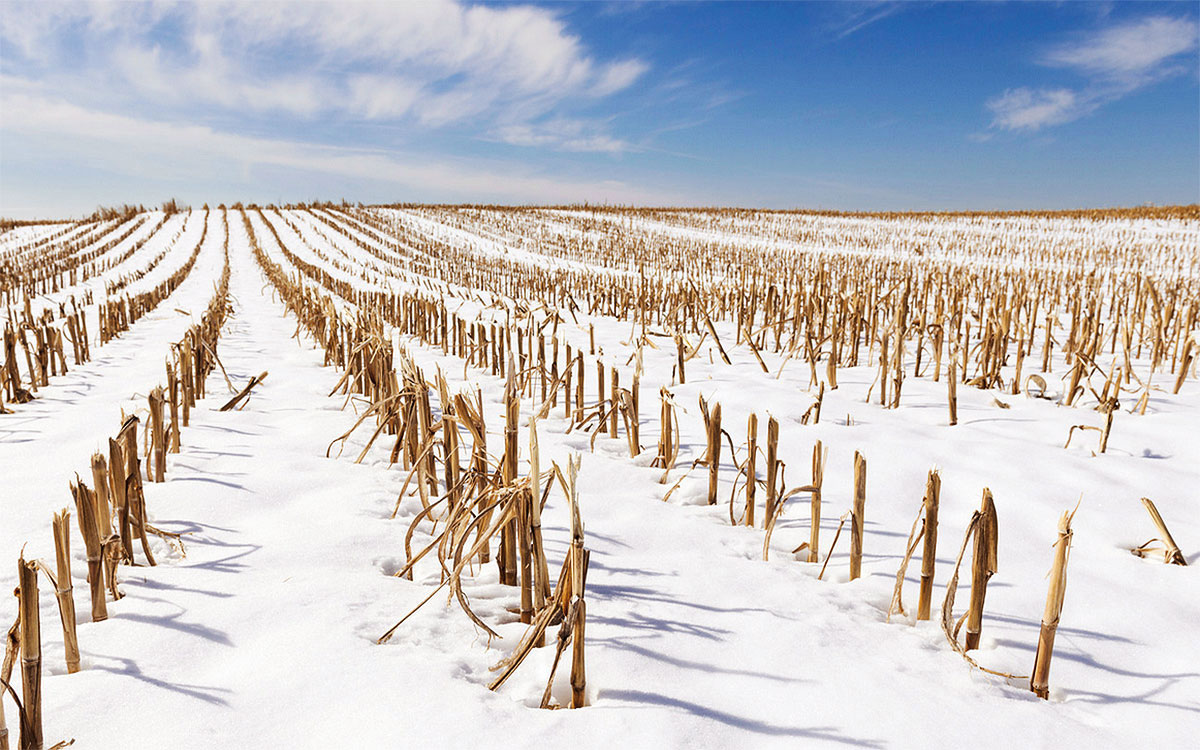
SDSU Extension to Host Winter Agronomy Road Show
January 14, 2022
SDSU Extension will offer in-person agronomy clinics this winter at four different locations across the state. Kicking off Jan. 28 in Aberdeen, each location will have content that is customized to growers and agribusiness professionals in that area.
![A green tractor planting seeds in a no-till field. Courtesy: United Soybean Board [CC BY 2.0] via Flickr](/sites/default/files/2019-10/W-00433-00-no-till-planting-soybeans-field.jpg)
Farm Practices That Improve Soil Health: Crop Rotations and No-Till
Implementing crop rotations and no-till practices are common suggestions to reduce erosion, control pests, and improve yields. These practices can also improve soil health through an increase in soil carbon levels.
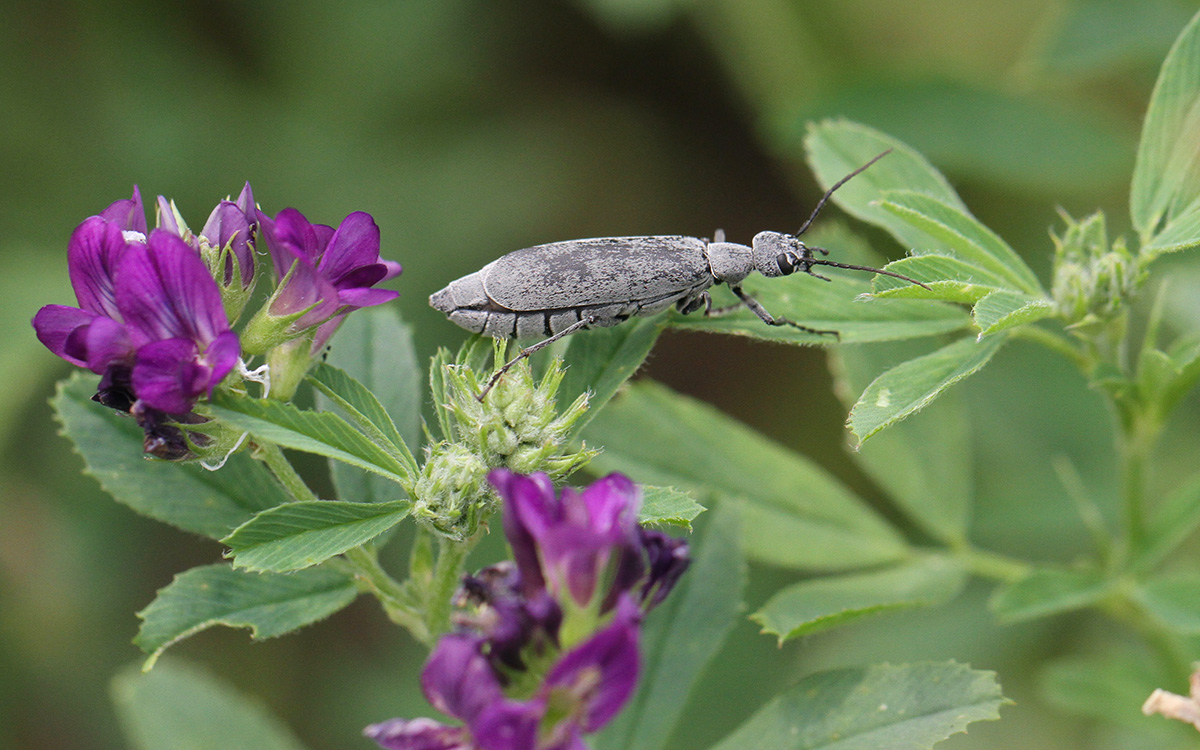
Watch for Blister Beetles in Later Alfalfa Cuttings
The frequent rain events experienced this summer has helped boost forage production. Although this is great for growers, the possibility of encountering blister beetles at harvest increases later in the summer.
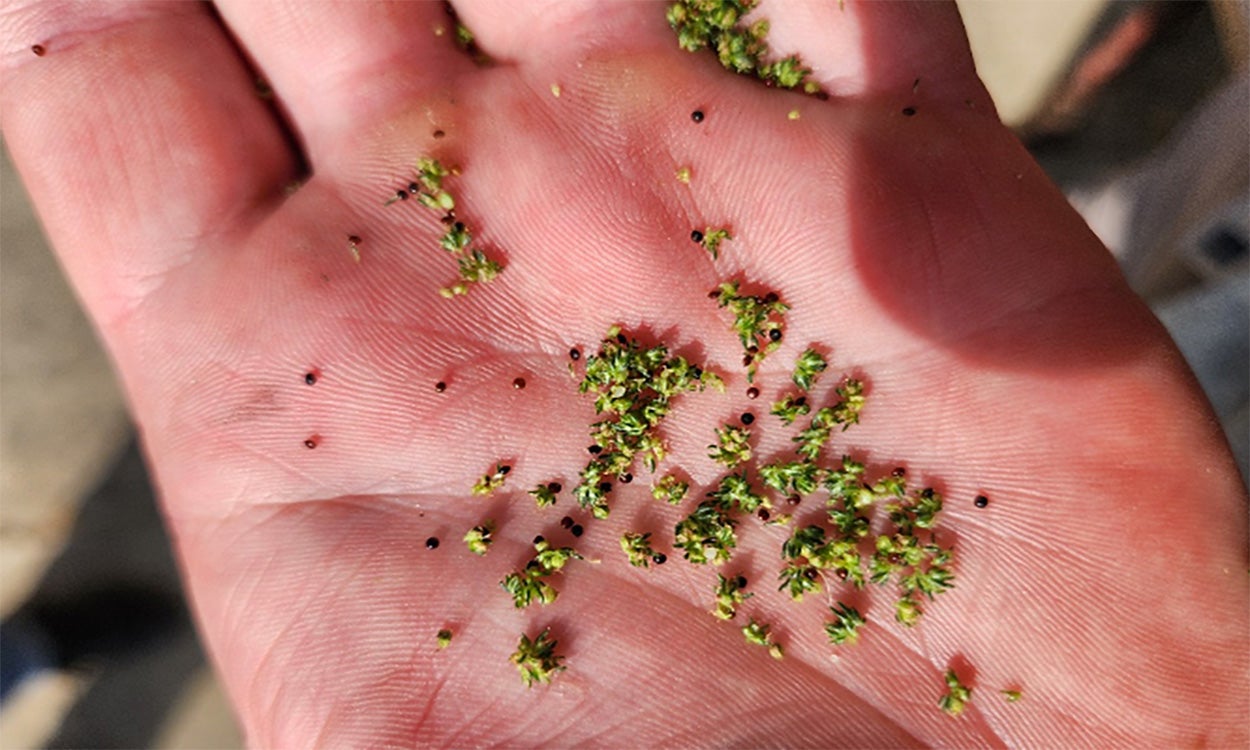
Isolated Female Waterhemp Plant Produced Seed: Implications that pollen is in the air
Recent observations by the SDSU Extension Weed Science team highlight that pollen can move far distances to pollinate isolated female plants. This reinforces the need to effectively manage weeds in fields and adjacent areas.

Video Series Offers Tips on Harvesting Failed Crops as Forage
August 24, 2021
To help producers navigate through these issues, SDSU Extension and the South Dakota Soil Health Coalition have recently released a new video series, “Salvaging Drought Stressed Crops.”

Cash Flow is Critical
Strong business management skills and systems do not go out of style in times of uncertainty. These skills will help the business work through downturns in commodity prices. Cash flow budget accuracy is critical in developing and controlling the business.
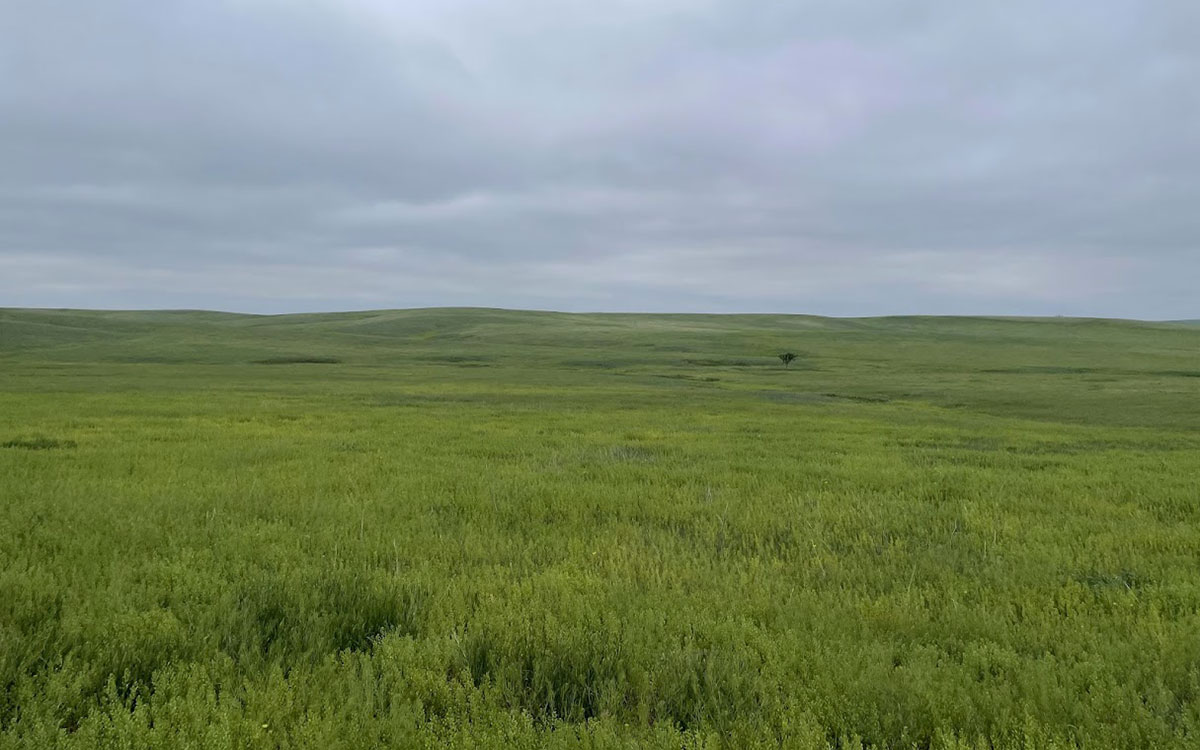
2025 Field Pennycress Management Considerations
Field pennycress prevalence on pastures has been observed to be in higher abundance this year in Western South Dakota. When consumed in certain quantities it can be toxic to livestock.